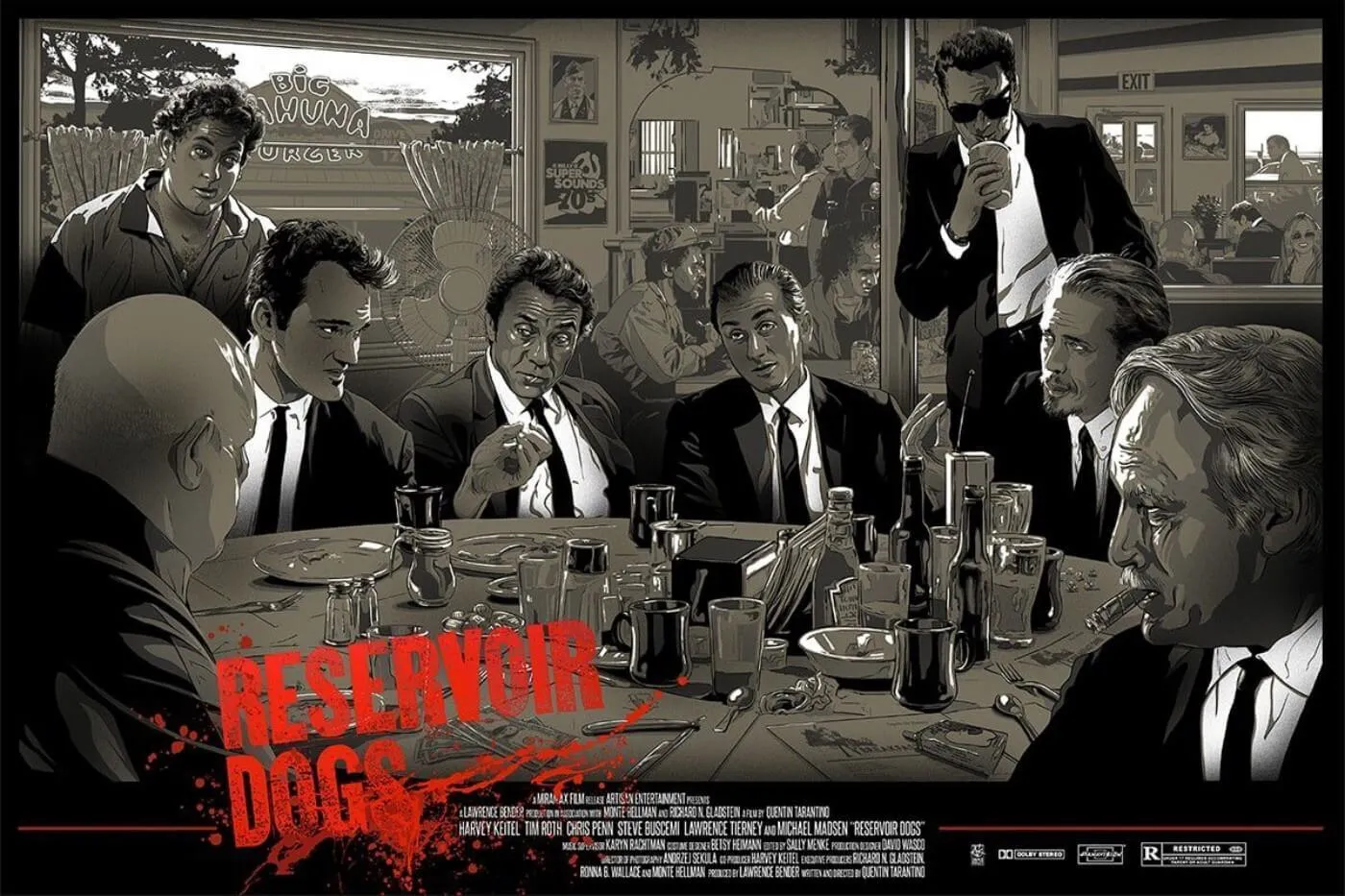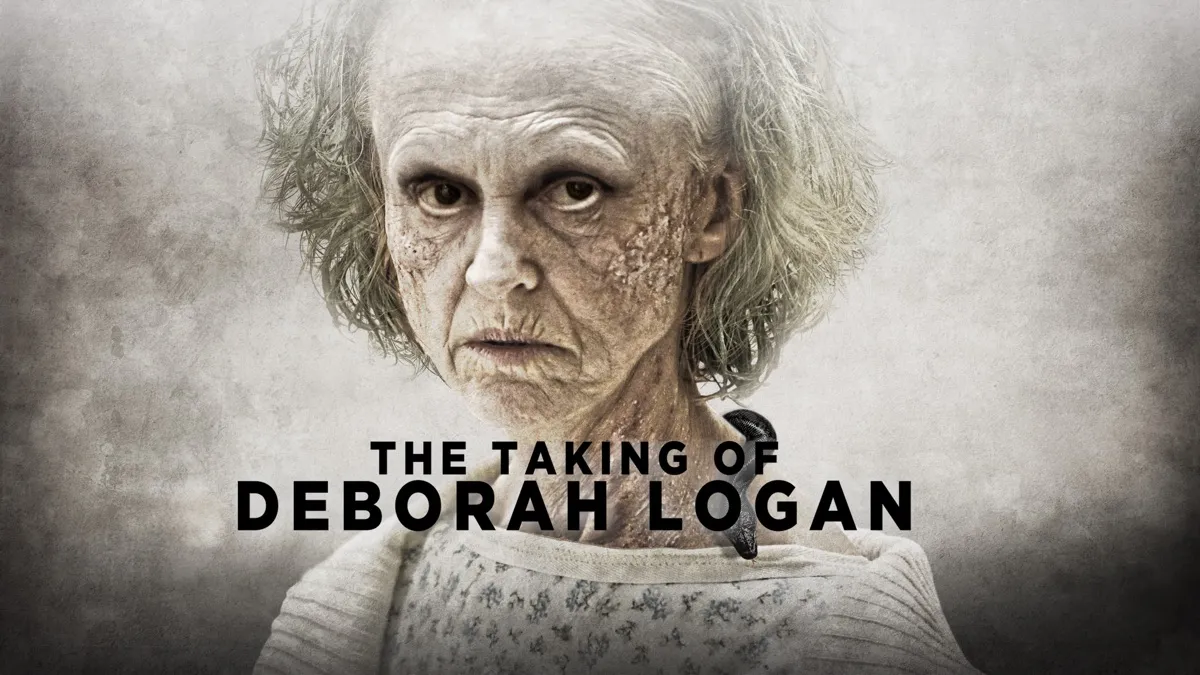Not all cages have bars—and not all escapes have happy endings.
Directed by Zack Snyder, Sucker Punch (2011) is a visually explosive, genre-blending odyssey that dives deep into the mind of a young woman trapped in both a physical asylum and a psychological prison. Part action-fantasy, part psychological thriller, the film follows Babydoll (Emily Browning), who, facing an impending lobotomy, constructs a dream world where she and four other women fight for their freedom—both literal and symbolic.
In the bleak halls of a 1950s mental institution, Babydoll’s reality fractures into a layered fantasy where she imagines herself and her fellow inmates as deadly warriors battling through steampunk World Wars, mythological castles, cybernetic train heists, and samurai showdowns. Each mission in this dream realm represents a step in their real-world escape plan. But with each level of fantasy, the line between what’s real and what’s imagined becomes increasingly blurred.

Snyder’s signature stylized direction is front and center—slow motion action, vibrant CGI, and an operatic soundtrack featuring reimagined versions of pop hits like “Sweet Dreams” and “Where Is My Mind?” define the film’s tone. The cast—Browning, Abbie Cornish, Jena Malone, Vanessa Hudgens, and Jamie Chung—form a fierce sisterhood, giving heart and grit to characters often reduced to archetypes in the real world.
But beneath the surface-level spectacle lies a deeply tragic narrative about powerlessness, exploitation, and internal resilience. Babydoll’s journey becomes a metaphor for reclaiming agency in a world that objectifies and silences women. It’s not about victory—it’s about choosing how you face defeat.

Though divisive upon release, Sucker Punch has since earned cult status for its ambition, layered storytelling, and feminist subtext disguised beneath bombastic action. It dares to ask: if the world won’t give you freedom, can you imagine one powerful enough to set you free?

-1750930477-q80.webp)

